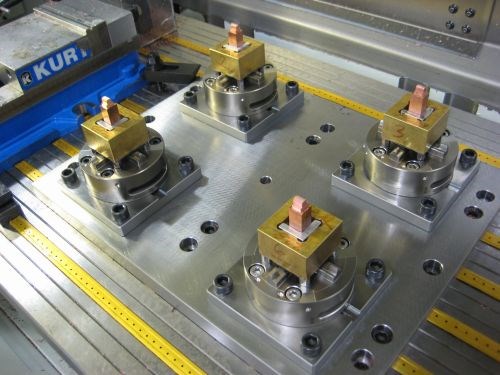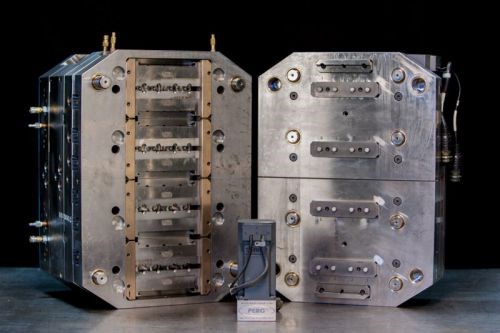Some Stories Warrant a Sequel
A new series of articles explores how end-user shops have evolved since appearing in previous issues of MoldMaking Technology.

B A Die Mold credits standardized workholding as critical for enabling operators to run multiple machines and program lights-out work.
MoldMaking Technology subscribers might notice something different when this month’s issue arrives in the mail. Nestled among the profiles and case studies that constitute our usual coverage of end-user shops is the debut article in a new series called “Where are They Now.” These pieces revisit companies that appeared in past issues of MMT and explore how they’ve evolved since, in terms of both their general approach to business and the technology and strategies they employ on the shop floor.
The first entry in the new series details B A Die Mold, a Chicago-area manufacturer that we first profiled in 1998. The original article painted a picture of a shop that thrived on innovation and problem solving, and in that respect, little has changed. However, little did anyone know at the time that the next few years would bring major upheaval to both B A Die Mold and the industry as a whole. Surviving would require doing more with less, and today, the company is a very different place. The staff is leaner, the equipment is more sophisticated, the skill sets of individual employees are broader, and more work than ever before runs lights-out, among other changes. Read the article to learn more.
Meanwhile, stay tuned for more “Where are They Now” articles, which will run periodically throughout the year. Finally, if your own shop has appeared in a past issue of MMT and you’re open to discussing what’s changed since, please let me know.

One new development since the ’98 article is the PERC (Programmable Electric Rotating Cores) system. Designed to eliminate the need for large, unwieldy hydraulic racks for unscrewing threaded components from mold cores, the system brings in a steady stream of revenue for B A Die Mold on the open market.












